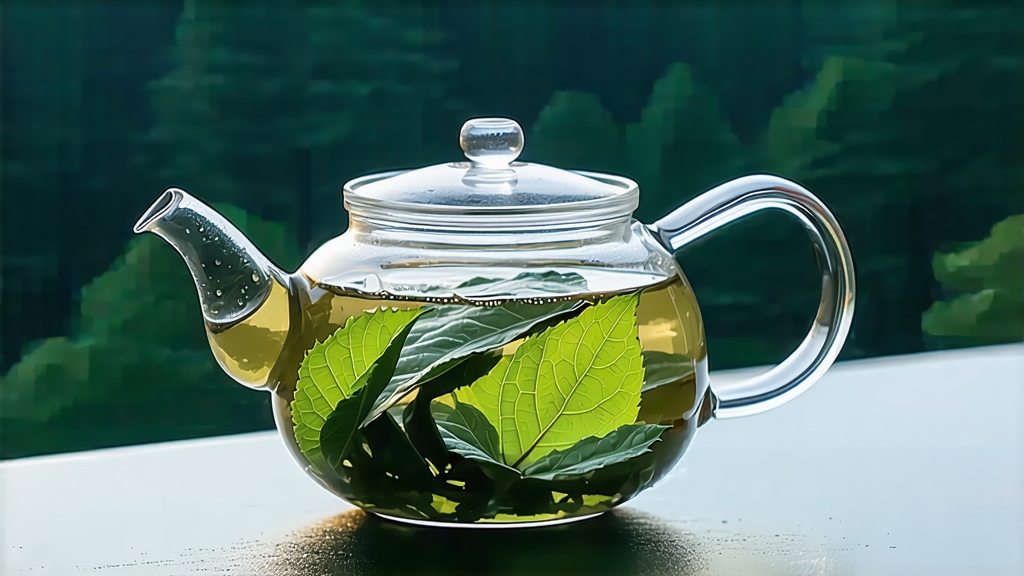
Biluochun, whose name translates literally to “Green Snail Spring,” is one of China’s ten most celebrated teas, yet it remains a quiet mystery outside the circles of serious tea aficionados. Grown on the mist-laden, fruit-tree-capped hills that rim eastern Taihu Lake in Jiangsu Province, this tiny spiral of jade-colored down has been seducing emperors, poets, and farmers since at least the late Ming dynasty. Its story, processing craft, and sensory personality offer a perfect window into the wider world of Chinese green tea, and once understood, it forever changes the way one perceives freshness in a cup.
Historical whispers
Local chronicles first mention the tea under the humbler name “Xia Sha Ren Xiang”—“Scary Fragrance”—because pickers swore the aroma was so penetrating it startled them in the woods. Legend credits a young tea picker who, running out of basket space, tucked fresh leaves between her breasts; body heat lightly oxidized the leaf edges, releasing an intoxicating perfume. Whatever the truth, the Kangxi Emperor (r. 1661-1722) is said to have sampled it incognito during a southern tour, found the name vulgar, and rechristened it Biluochun to honor its snail-shell curl and spring harvest. Imperial patronage rocketed the tea to tribute status; by the Qianlong era, every kilo bound for Beijing was escorted by armed guards to deter bandits enticed by its weight-in-gold value.
Micro-terroir: one lake, two mountains, countless micro-gardens
Authentic Biluochun comes only from a 20-km crescent west of Taihu Lake: Dongting East and West Mountains, actually limestone islands connected to the mainland by causeways built in the 1990s. Here, subtropical humidity rises off the lake, meets cooler air sliding down from Tianping and Lingyan peaks, and lingers as a slow-moving fog until mid-morning. The diffused light forces the tea bushes (predominantly a small-leaf Camellia sinensis var. sinensis clone called “Fuding Da Bai Hao”) to manufacture extra chlorophyll and amino acids, especially L-theanine, which translates into the tea’s hallmark sweet umami. Between rows of tea grow apricot, peach, loquat, and plum; their root systems compete for minerals, while their blossoms donate volatile esters that the tea leaves adsorb like living blotting paper. No other Chinese green possesses this inter-cropped fruit note as intensely; cup a high-grade Biluochun and you may swear someone slipped a slice of white-flesh peach into the brew.
Harvest calendar: the race against dawn
The picking window opens around Grain Rain (April 20) and closes before May Day. Only the “standard bud,” consisting of an unopened apical leaf bud flanked by two slivers of first leaf, is taken. Top-tier lots are plucked before 9 a.m., when dew still weighs down the leaf, because solar heat after sunrise accelerates enzymatic oxidation that would dull the vivid jade color. A skilled picker gathers just 400 g of fresh leaf per hour; 6.5 kg of this shrink to 1 kg of finished tea, explaining why Supreme grade (Special #1) retails above US $1,000 per 100 g.
Crafting the spiral: hand, wok, and timing
Within thirty minutes of plucking, the leaf is withered on shallow bamboo trays for 2–3 hours in shaded draft. Water content drops from 78 % to roughly 68 %, softening cell walls for the critical “kang-firing” (shaqing) that follows. Unlike Longjing, which is pressed flat, Biluochun is pan-fired at 180 °C for exactly 4.5 minutes with one objective: kill the green-character enzymes while preserving the downy hairs. The master’s bare hand sweeps the leaf against the wok in a clockwise motion 38–42 times per minute; any slower and the leaf yellows, any faster and the curl loosens.
Immediately after kang, the leaf is rolled and dried in one integrated step unique to Biluochun. Temperature drops in three stages: 120 °C (3 min), 90 °C (10 min), 70 °C (15 min). During the middle phase, the tea maker alternates between kneading motions—thumb against four fingers—and tiny whipping flicks that tighten the leaf into a spiral. White down emerges like frost on the